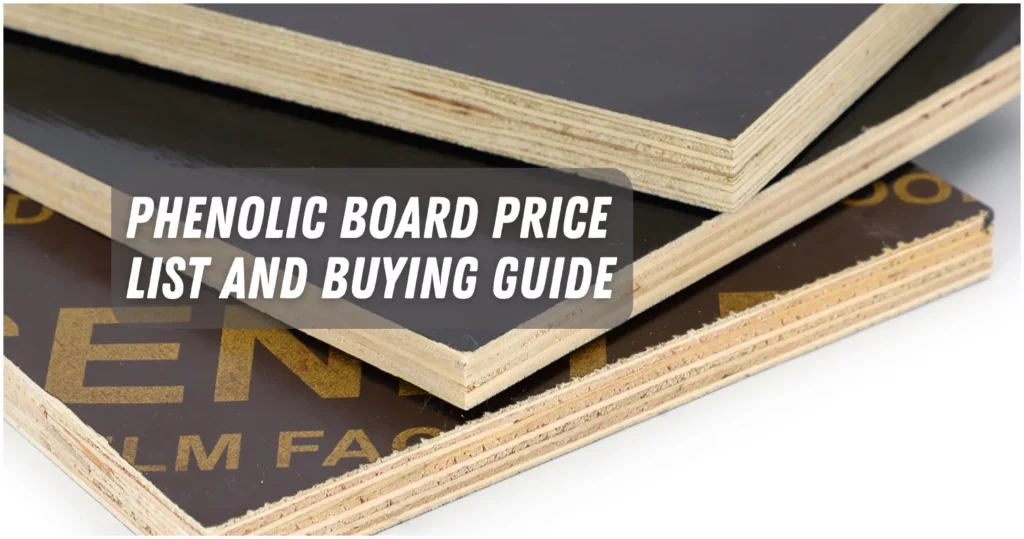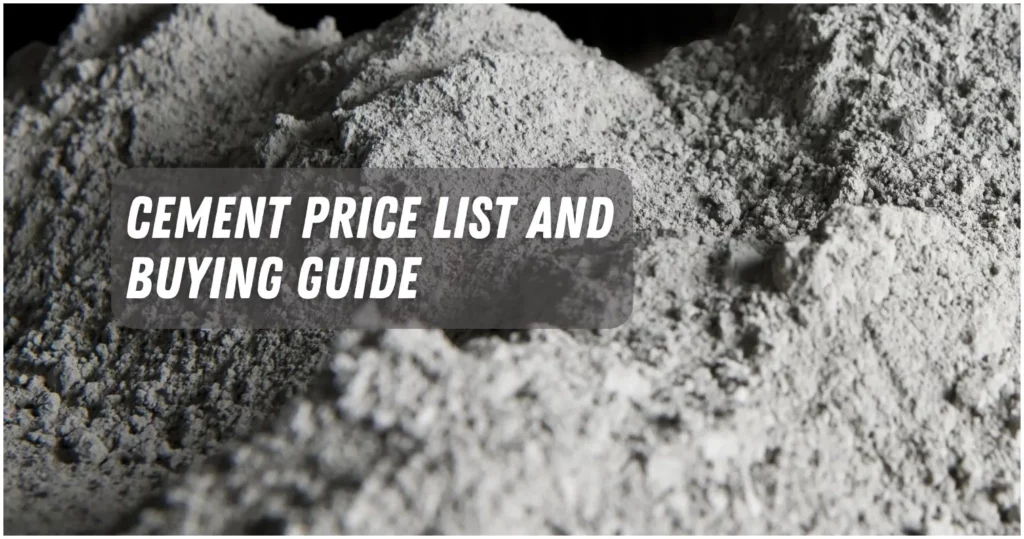House Wrap Price can be a crucial factor when planning to build or renovate your home in the Philippines.
Understanding the significance of house wrap, its various applications, types, and especially the house wrap price in the Philippines, can guide you in making an informed decision.
In this comprehensive guide, we will delve into everything you need to know about house wrap including the price range that usually runs from 5 to 45 per square meter.
What is House Wrap?

House wrap is a synthetic material used to protect buildings. It is put on the outside sheathing before siding or cladding is put on.
House wrap acts as a barrier that keeps water, air, and moisture out of the wall space while letting water vapor escape.
It does two things: it improves a building’s energy efficiency by stopping heat from escaping or getting in through the walls, and it keeps the inside of the building comfortable.
House Wrap Purposes
House wrap serves two purposes: it protects the house and makes it use less energy.
Water Damage Protection
House wrap’s main job is to keep water from getting into the wall cavity. Water damage can lead to problems like mold, rot, and a building that is no longer stable.
The house wrap protects the wood frame and insulation, so the space inside the wall stays dry.
Energy Efficiency
House wrap cuts down on air leakage, which can be responsible for up to 40% of a building’s heating and cooling costs.
By filling in cracks and holes in the wall assembly, it stops heat from escaping and saves energy.
Types of House Wrap

There are a few different kinds of house wraps on the market, and each one has its own features and benefits. These are some of the most common:
Asphalt-impregnated paper or felt:
The most common and inexpensive way to wrap a house is with asphalt-soaked paper or felt, which makes it water-resistant.
But it’s not the most durable, breathable, or flexible option, and it’s easy to tear and may trap moisture inside the wall cavity.
Plastic film:
This house wrap is made of thin sheets of plastic that are perforated or have tiny holes in them to let water vapor escape.
It is more durable, breathable, and flexible than asphalt-soaked paper or felt.
But it can be punctured or damaged during installation, and it needs to be overlapped and taped carefully to keep air from leaking out.
Non-woven fabric:
This house wrap is made of synthetic fibers that are stuck together with heat or chemicals.
It lasts longer than plastic film, lets in more air, and is more flexible. Also, it stays together better and is harder to tear or poke holes in.
The fuzzy surface makes a good seal when pressed together, so it doesn’t need as much taping or overlapping as plastic film.
Woven fabric:
This type of house wrap is made of synthetic fibers that are woven together to make a strong and stable material. It is more durable, flexible, and breathable than non-woven fabric.
It is harder to tear or poke holes in and doesn’t need as much taping or overlapping because the smooth surface makes a tight seal when pressed together.
House Wrap Price in the Philippines

House wrap’s price varies by type, quality, brand, size, location, and availability. Here’s an approximate price list:
| Type | Price |
|---|---|
| Asphalt-impregnated paper or felt | ₱5 – ₱10 |
| Plastic film | ₱15 – ₱25 |
| Non-woven fabric | ₱20 – ₱35 |
| Woven fabric | ₱25 – ₱45 |
Always compare prices from different suppliers before making a decision.
House Wrap Pros and Cons
While house wrap offers significant benefits, there are some potential downsides that need to be considered.
Pros:
- Guards against water damage by preventing water from entering the wall cavity.
- Enhances energy efficiency by reducing air leakage through walls.
- Improves comfort by maintaining a consistent indoor temperature.
- Extends the lifespan of your house by preventing mold, rot, and structural problems.
- Boosts your house’s value by improving its performance and appearance.
Cons:
- Adds to the cost of house construction or renovation.
- Requires skilled professionals for proper installation to ensure effectiveness.
- May not be compatible with certain types of siding or cladding materials.
- Not suitable for some climates or regions with extreme humidity levels.
- Incorrect installation or damage can lead to problems.
How to Use House Wrap
To ensure you’re getting the most out of your house wrap, it’s essential to use it correctly and adhere to the manufacturer’s instructions. Here are some general guidelines on how to use house wrap:
- Select the right type of house wrap for your house considering your local climate, siding or cladding material, and budget.
- Calculate the area of your exterior walls and purchase enough house wrap to cover it, allowing extra for overlapping and trimming.
- Start from the bottom of the wall and move upwards, wrapping the house wrap around the corners and edges of the wall.
- Make the necessary cuts to fit around windows, doors, vents, pipes, and other wall openings.
- Secure the house wrap to the wall using nails, staples, or cap fasteners, spacing them evenly and taking care not to damage the material.
- Overlap the seams of the house wrap by at least 15 cm (6 inches) and use a compatible tape to secure them.
- Install the siding or cladding over the house wrap as soon as possible to protect it from exposure to the elements.
Things You Should Know about House Wrap
There are several important things to understand about house wrap before you decide to use it for your project:
- House wrap is not a substitute for insulation. While it blocks water and air, it doesn’t provide thermal resistance or soundproofing for your house.
- House wrap is not a waterproofing membrane. It won’t prevent water from seeping through cracks or holes in your wall.
- House wrap is not a vapor barrier. It doesn’t stop water vapor from diffusing through your wall.
- House wrap is not paint. It won’t change the color or appearance of your house.
Frequently Asked Question
- Is House Wrap Water Resistant?
Yes, but it’s not waterproof. It prevents liquid water but allows vapor to pass through. - Is House Wrap Permanent?
No, it may degrade over time or suffer damage from elements or animals. Replacement may be necessary. - Why Wrap is Better than Paint?
Wrap offers protection against water damage, enhances energy efficiency, comfort, lifespan, and value. However, it’s costlier and requires professional installation compared to paint. - When to Use House Wrap?
For exterior walls exposed to elements in new construction or renovation. Exceptions might include walls with rigid foam insulation, vapor barriers, or ventilated cavities.
House wrap is more than a mere construction accessory; it’s a vital part of modern building design.
It safeguards structures from water, enhances energy efficiency, and adds to the comfort and longevity of a building.
Understanding its types, purposes, pros, cons, and proper installation techniques is key to making an informed decision for your construction project in the Philippines.
Should you need more specific information regarding house wrap or require professional guidance tailored to your situation, don’t hesitate to reach out to a local construction expert or supplier.
[ratings]

